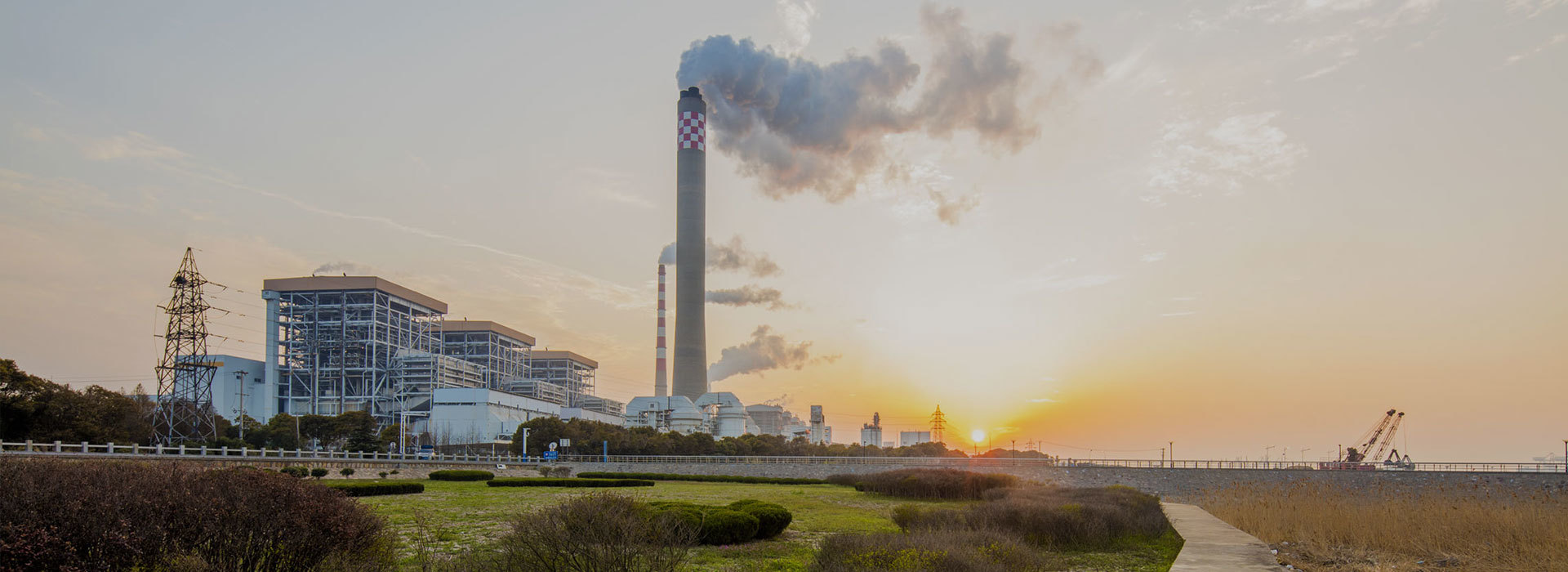2016: A Year of Shifting Strengths and Weaknesses in the Chemical Industry
Publication Time:
2022-01-07 14:28
Source:
Jinshi Futures
Having engaged in chemical product futures analysis for over three years, my primary task for the new year is to predict potential changes in the 2016 chemical product futures market. I have a subconscious feeling that LLDPE will outperform PTA in the chemical product market. When conducting chemical product arbitrage, I generally choose a long LLDPE/short PTA combination. In fact, this subconscious feeling has a theoretical basis.
Firstly, there is insufficient domestic LLDPE production capacity, necessitating significant imports. Statistical data since 2003 shows that the average domestic PE import dependency was 45.76%, and 42.64% in the first 11 months of 2015. This structural supply shortage has supported the firmness of LLDPE prices.
Secondly, domestic LLDPE production is relatively monopolistic, with capacity primarily concentrated in Sinopec and PetroChina, while downstream capacity is relatively dispersed. This industry chain structure grants LLDPE companies stronger pricing power. If prices fall, LLDPE companies can limit production to maintain prices. In contrast, the PTA industry experienced overheated investment in previous years, leading to a sharp increase in PTA capacity. The capacity growth rates from 2011 to 2014 were 31.11%, 56.83%, 4.69%, and 31.62%, respectively. Affected by the slowdown in economic growth, weak downstream apparel demand for PTA has slowed polyester demand growth, making the PTA industry's oversupply problem increasingly prominent. Furthermore, the concentration of PTA production capacity is lower than that of LLDPE. In this market, the price support provided by PTA companies' production restrictions is not long-lasting.
However, looking ahead to 2016, this pattern of strong LLDPE and weak PTA may be broken. At the end of 2015, China's total PE production capacity was approximately 15.39 million tons, and 1.99 million tons of new capacity is expected to be put into operation in 2016, resulting in a capacity growth rate of 12.93%. At the end of 2015, China's total PP production capacity was approximately 17.393 million tons, and planned capacity additions for 2016 are 3.61 million tons, a capacity growth rate of 20.76%. On the PTA side, only Jiangyin Hanbang's 2.2 million tons and Sichuan Shengda's 1 million tons of facilities are planned to be put into operation in 2016. Compared to the 50.15 million tons of capacity, the growth rate is only 6.82%.
To reduce reliance on polyolefin imports, China has been vigorously developing coal-to-olefins technology. In 2015, domestic coal-to-olefins plants were put into large-scale operation. However, the sharp drop in crude oil prices negatively impacted the coal-to-olefins industry and mitigated its impact on the polyolefin market. The large-scale operation of coal-to-olefins plants is irreversible, and this technological revolution will reshape the supply structure of the domestic olefin industry, leading to the re-pricing of LLDPE and PP. Since some coal-to-olefins processes simultaneously produce PE and PP, with PP proportion higher than PE, the PP capacity growth rate will be higher than that of PE. Furthermore, after experiencing rapid capacity expansion and price declines, the growth rate of PTA capacity has gradually slowed, and the bankruptcy of Far East Petrochemical indicates that the survival of the fittest has begun in the PTA industry.
Therefore, I believe that 2016 will be a year of shifting strengths and weaknesses in chemical product futures. The previously weak PTA will stage a comeback, while PE's dominance will wane, and PP may replace PTA as a bearish commodity.







